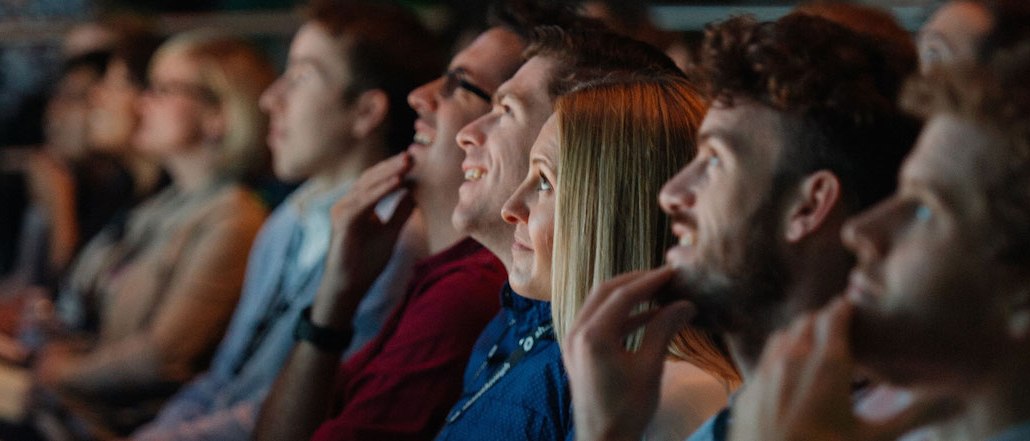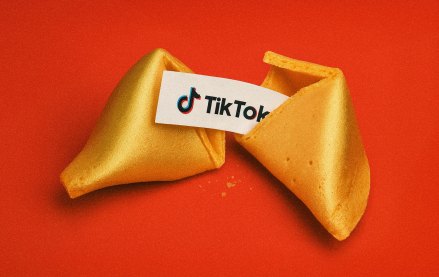Save 50% on a 3-month Digiday+ membership. Ends Dec 5.

Marketing dollars are poised to flow into programmatic native advertising next year, and many in the digital advertising ecosystem are excited. Everyone, that is, except premium publishers.
Programmatic native advertising is a technique designed to insert marketers’ messages and assets in a publisher or platform’s feed, rather than the margins where ads usually go. Even though programmatic native has only been possible for a couple of months, thanks to the new OpenRTB protocol launched this past spring, plenty of buyers have jumped in.
It was a hot topic at Advertising Week in New York on Tuesday. Greg Williams, the co-founder of MediaMath, says he expects that investment in the format to at least double in 2017, with the growth funded not just by money pulled out of other types of spend but by new funding altogether. Separately, DataXu co-founder Willard Simmons said he sees programmatic native growing “quickly,” despite the fact that it’s only been possible for a couple of months.
That growth has been aided by the fact that top DSPs, including Doubleclick, have already added programmatic native capabilities. According to Trevor Mengel, the director of programmatic product for Horizon Media, programmatic native also benefited from the closure of Facebook Exchange, which spurred a lot of brands to look for new places to use the creative assets they built for the exchange.
But there’s a problem. A lot of premium publishers, who create a lot of the real estate for these native ads to live on, are taking a much more guarded approach to the burgeoning format. While plenty of publishers, including Time Inc., Condé Nast and PopSugar all dabble in it, many look at programmatic native as a possible threat to the branded-content operations they have invested substantial time and resources in. If a brand can slide into a publisher’s stream of stories for a fraction of the time, cost and energy of a branded-content campaign, why wouldn’t they?
Evan Adlman, head of programmatic for Condé Nast, said he just started experimenting with programmatic native this year in “a very controlled way.” Chris Hercik, who heads Time Inc.’s sponsored-content division, The Foundry, said that while he’d happily “personally guarantee” any of the sponsored-content campaigns forged for brand partners, it does not offer any kind of view guarantees for programmatic native videos.
Publishers are not the only game in town for programmatic native. Platforms like Pinterest and Twitter accept programmatic native inventory. But publishers offer valuable real estate, and if they are unwilling to put effort into ensuring that these spots appear in contexts that appeal to advertisers, things may not really ramp up.
“There’s still a lot of clients that are gunshy,” said Geoff Schiller, the chief revenue of PopSugar. “They’re wary of turning their voice over.”
More in Media

TikTok Shop sheds bargain-bin reputation as average prices climb across categories
An analysis by e-commerce intelligence firm Charm shows average prices climbing across more than a dozen key categories.

Ad Tech Briefing: The Programmatic Governance Council is a bid to reset power dynamics
As tensions over TID and GPID peak, Tech Lab is convening a council to hash out commercial ground rules.

Newsweek is building an AI Mode-like experience to customize homepages for readers
Newsweek is building an AI homepage modeled after Google’s AI Mode to increase engagement and offset declining search referrals.





